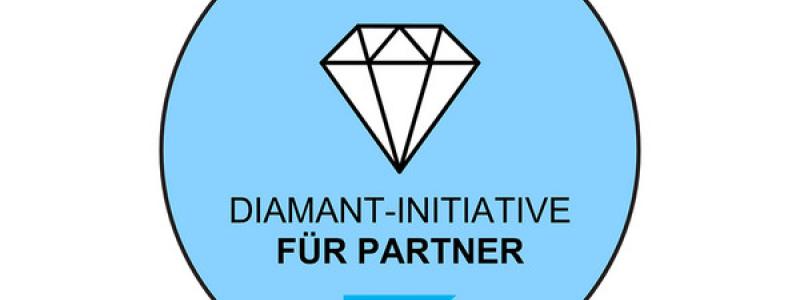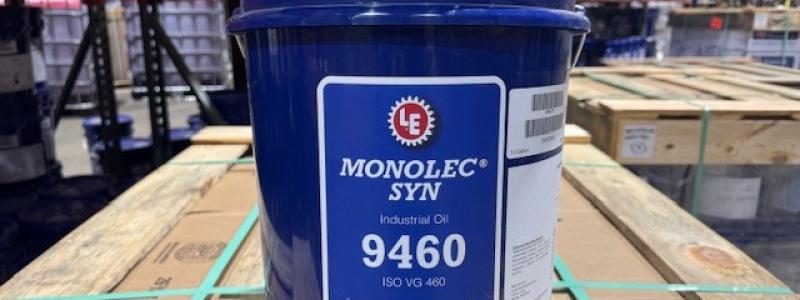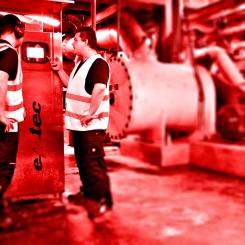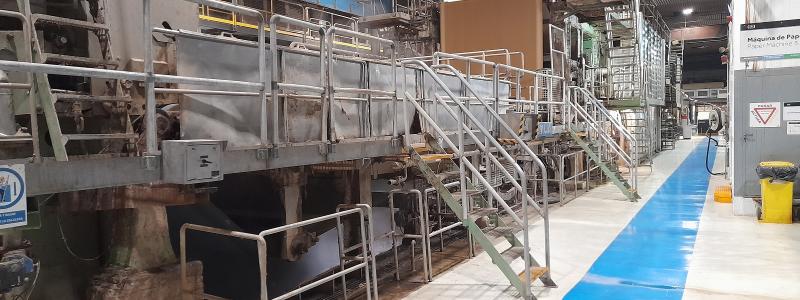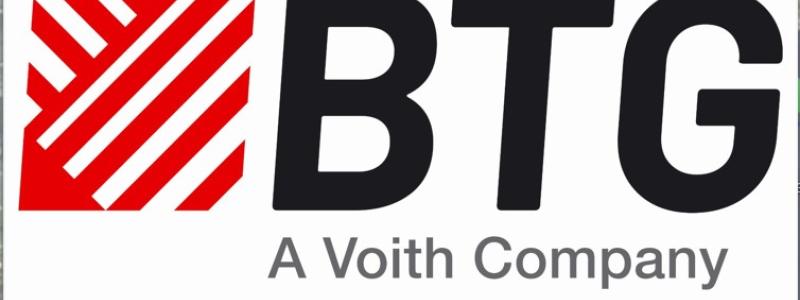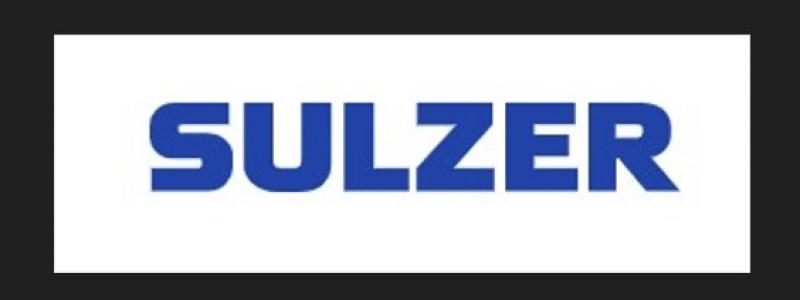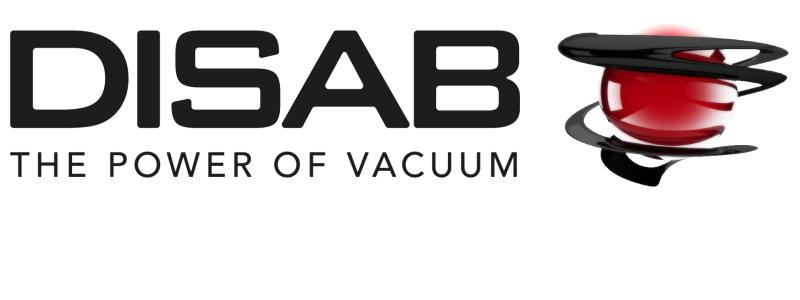A research team from the Wallenberg Wood Science Center has won the Van den Akker Prize for Paper Physics for the article ‘Hydrodynamic alignment and assembly of nanofibrils resulting in strong cellulose filaments’, published in Nature Communications.
The prestigious Van den Akker Prize is presented each year for the best publication within paper physics. This year’s prize was awarded to an interdisciplinary research team from the Wallenberg Wood Science Center, which includes Innventia, KTH Royal Institute of Technology and Chalmers University of Technology. The team received the prize for the article ‘Hydrodynamic alignment and assembly of nanofibrils resulting in strong cellulose filaments’, published in Nature Communications in June 2014.
Their award-winning work involves putting together fibrils from cellulose to create very strong filaments. In this new method, the fibrils are oriented in a controlled manner along the direction of the filament during the production process.
Innventia has applied for a patent for this new technique for spinning, which is an example of the development of materials from nanocellulose currently being carried out within nanocellulose processes. One contributing factor behind Innventia’s efforts towards new application for nanocellulose is the pilot facility for the production of nanocellulose (also known as CNF), which was opened in 2011. The pilot facility means that sufficient quantities of raw materials can be produced to work with different applications.
“This award is confirmation that what we have achieved is appreciated and is of value to the forest industry, even if it doesn’t relate directly to paper,” says Karl Håkansson, the first author of the article. “So I hope that this cooperation can continue, and perhaps even be broadened to develop the process described in the article further.”
“We’re extremely proud to have received this award,” adds Torgny Persson, Director of the Material Processes business area. “This is an excellent example of successful cooperation between institutes and academia, in terms of both R&D and resources for upscaling and verifying research findings.








